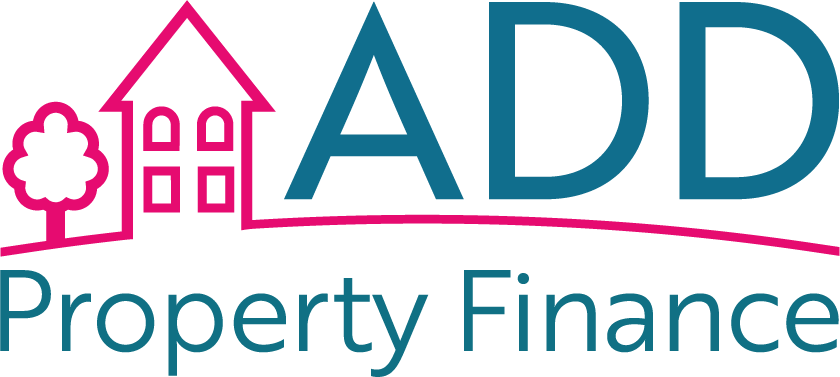Bridging loans are dynamic financial instruments designed to bridge the gap between property transactions. They offer homeowners flexibility and speed when it comes to property-related decisions. However, understanding how to repay a bridging loan once the term ends is crucial to ensure financial stability. In this article, we’ll explore various exit strategies that homeowners can consider when their bridging loan term concludes.
1. Selling the Property
When to Choose: This is the most common exit strategy for bridging loans. Homeowners opt for this when they intend to sell their current property to repay the loan.
How it Works: Once the property is sold, the proceeds are used to repay the bridging loan. Any surplus can be pocketed by the homeowner.
Benefits:
- Quick Resolution: Selling the property promptly ensures a swift loan repayment.
- Flexibility: Homeowners can choose the right time to sell, optimizing the sale price.
2. Refinancing
When to Choose: Homeowners may consider refinancing when they want to transition from a bridging loan to a more traditional mortgage.
How it Works: A new mortgage is secured to repay the bridging loan. The terms and conditions of the new mortgage are typically long-term and stable.
Benefits:
- Lower Interest Rates: Traditional mortgages often have lower interest rates than bridging loans.
- Extended Repayment Period: Homeowners have a more extended period to repay the debt.
3. Transitioning to a Standard Mortgage
When to Choose: If homeowners initially used a bridging loan due to time constraints but now have a stable financial situation, they might transition to a standard mortgage.
How it Works: The bridging loan is converted into a long-term mortgage with consistent payments over the mortgage term.
Benefits:
- Financial Stability: Standard mortgages offer financial predictability and stability.
- No Need to Sell: Homeowners can keep their property and continue making mortgage payments.
4. Using Investment or Savings
When to Choose: In cases where homeowners have substantial investments or savings, they may choose to use these funds to repay the bridging loan.
How it Works: Homeowners withdraw funds from their investments or savings to repay the loan.
Benefits:
- Maintaining Property Ownership: This option allows homeowners to keep their property.
- No Interest Costs: Using personal funds avoids additional interest costs.
5. Downsizing or Buying a Smaller Property
When to Choose: Homeowners may choose to downsize or purchase a smaller, more affordable property to repay the bridging loan.
How it Works: The sale proceeds from the larger property can be used to repay the bridging loan, with any surplus retained.
Benefits:
- Simplified Lifestyle: Downsizing can lead to reduced living costs and maintenance.
- Lower Debt Burden: A smaller property often comes with a smaller mortgage.
Conclusion
Exit strategies for bridging loans are essential to ensure that homeowners can transition smoothly and repay the loan without financial stress. The choice of exit strategy depends on individual circumstances, financial goals, and property plans. Whether it’s selling the property, refinancing, transitioning to a standard mortgage, using investments or savings, or downsizing, each strategy offers its unique advantages. Consulting with financial experts and mortgage advisers can help homeowners make the right choice and plan their exit strategy effectively. By doing so, homeowners can confidently harness the benefits of bridging loans while ensuring a stable financial future.







